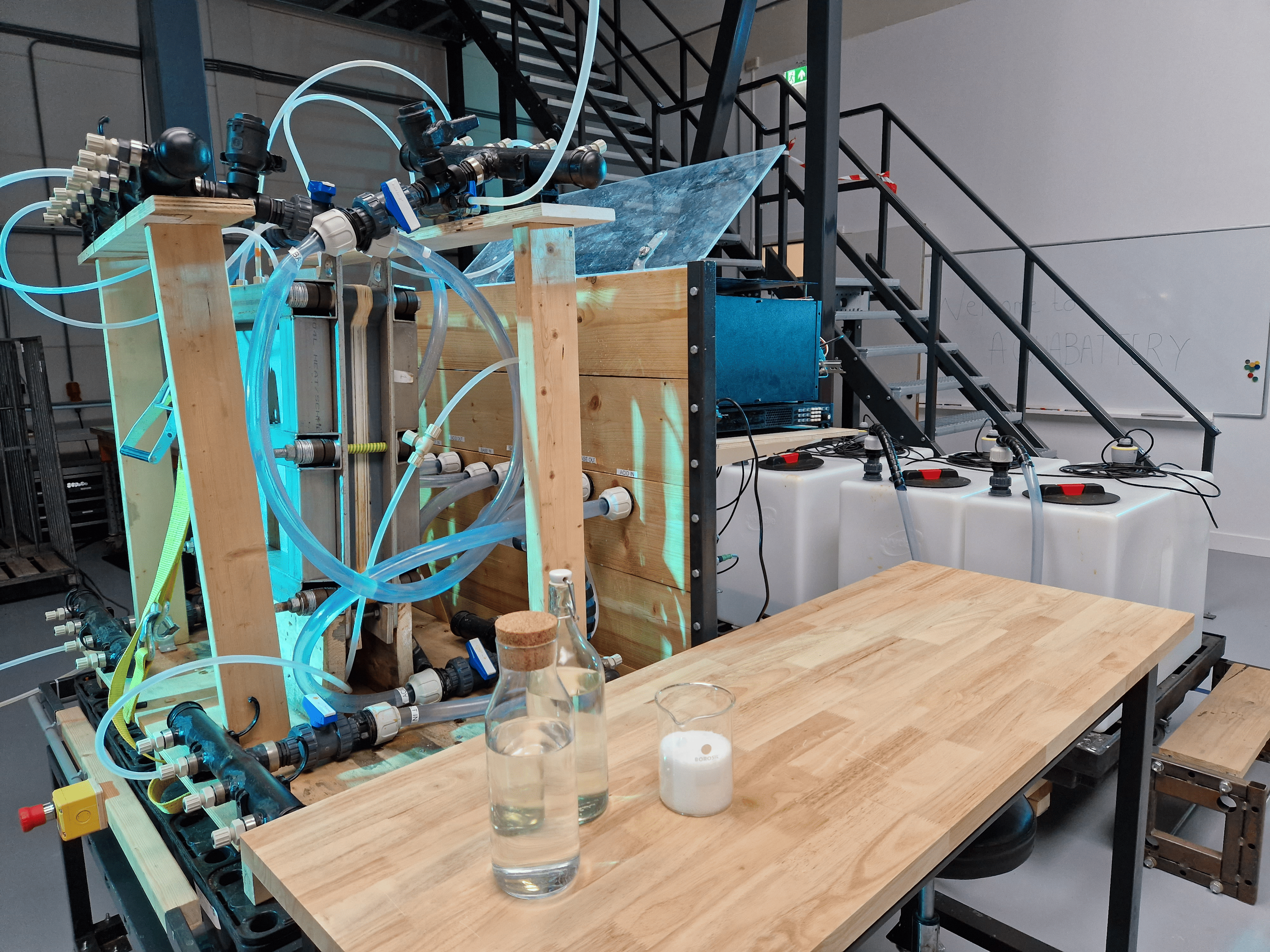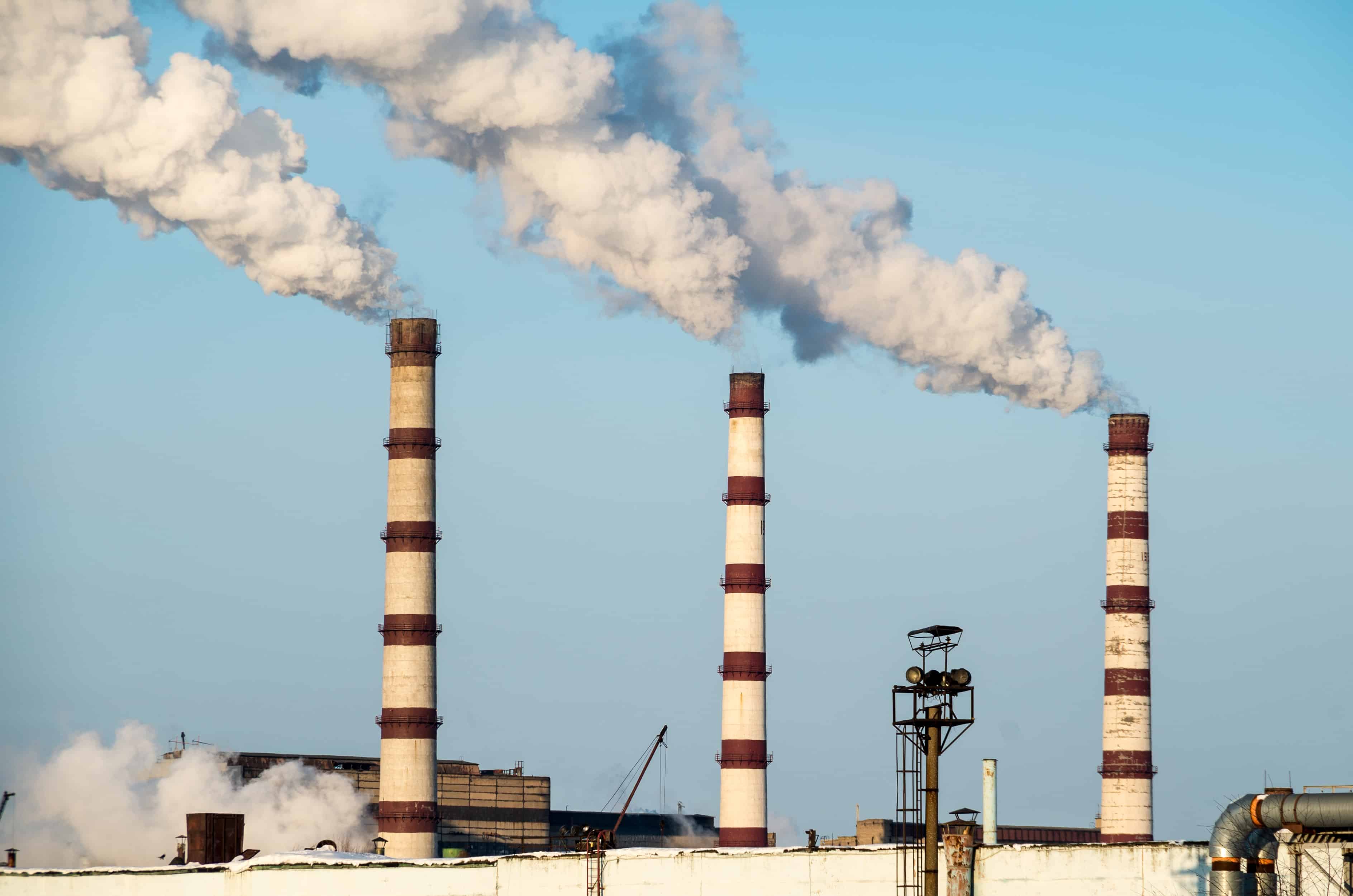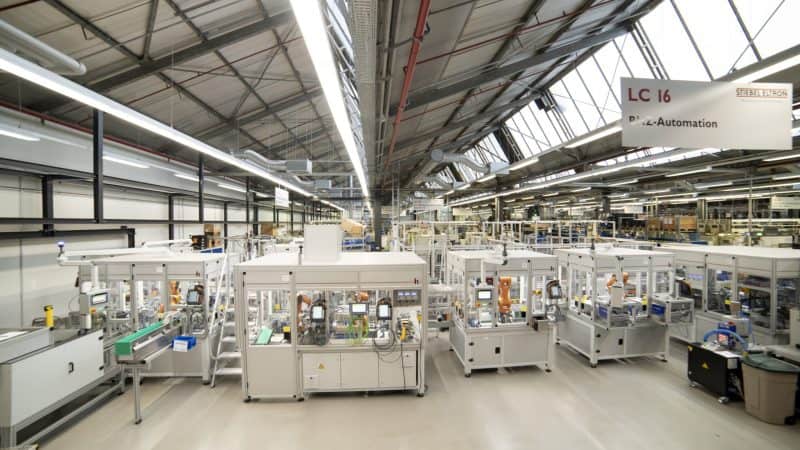
As the world grapples with surging energy demands, ceramic-based storage systems are emerging as a promising solution. Known for their outstanding thermochemical properties, ceramics can withstand high temperatures, making them ideal for energy storage. With ongoing research and development, ceramics are poised to significantly contribute to energy storage technologies, promising a sustainable future in energy management.
- Ceramics have excellent thermochemical properties, making them a promising energy storage option.
- These materials are already being used in several energy-related applications.
- A Serbian company successfully developed a thermal energy storage solution with recycled ceramics, able to withstand up to 1,250°C heat temperatures.
What are ceramics?
Ceramics are a broad category of hard materials that are typically brittle, heat-resistant, and insulate against electricity. Traditionally, ceramics have been used in pottery and tile-making. Still, in recent years, their high hardness, strength, and thermal insulation have made them increasingly relevant to fields like energy storage.
Engineered ceramics are particularly suited to high-temperature applications. They are used in various energy-related fields, from gas turbines to nuclear fuels. Their excellent thermal insulation properties and high hardness make them a promising material for efficient, long-lasting energy storage systems.
The role of ceramics in energy storage
Energy storage systems are critical for storing energy efficiently to meet the increasing energy requirements. Ceramic-based energy storage systems have gained interest in recent years due to their ability to withstand the high temperatures often associated with energy supplies. For instance, in 2010, Kraftanlagen München developed a ceramic-based storage system that successfully stored solar thermal energy.
Researchers from the University of Tokyo have developed new ceramic materials for storing thermal energy, enabling the recycling of heat energy. These ceramics have potential applications in solar heat power generation systems and advanced electronic devices. In energy conversion, ceramics find applications in solar cells and solar collectors, fuel cells, batteries, thermoelectric generators, and gas turbines. Ceramics are used in solar panels as transparent conductive coatings and as substrates for the deposition of different films forming the cell.

Novel ceramic-based energy storage systems
Serbia-based company Storenergy has developed a thermal energy storage (TES) solution that uses recycled ceramics as the storage medium. The company’s solid-state storage system has a lifespan of 35 years and can store temperatures up to 1,250°C, making it a reliable and cost-effective technology for solar applications.
It can store energy for up to a month, although optimal storage duration is recommended to be around ten days to minimize heat loss. Storenergy’s TES system boasts a high energy content per volume, surpassing the energy storage capacity of hydroelectric power plants.

Implications for the future
As the world continues to grapple with energy storage challenges and the push for more sustainable solutions, ceramics provide a promising avenue. With their ability to withstand high temperatures, ceramics offer a viable solution for thermal energy storage, crucial for matching solar and wind power and heat production.
Given the versatility and robustness of ceramics, their use in energy storage is only expected to grow. With ongoing research and development, the era of ceramic energy storage could well be on the horizon, heralding a significant shift in the world’s approach to energy management.






